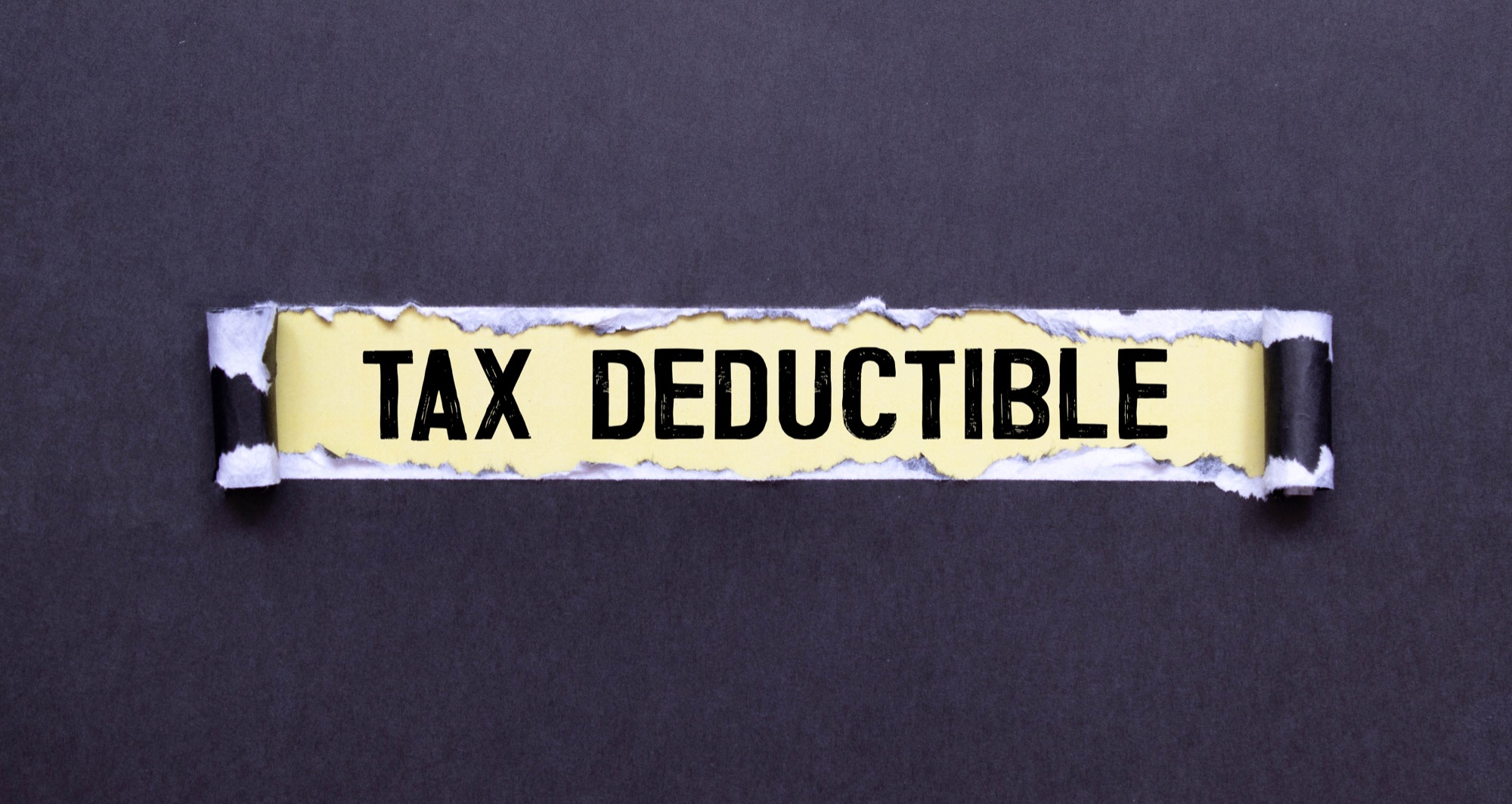Universal life insurance Canada
Sound financial planning is vital to grow, look after and secure your assets. Life insurance is a way of securing your assets and dealing with future obligations – over a fixed term or a lifetime. As you age, you have more financial responsibilities like paying a mortgage and raising a family.

There are two primary types of permanent life insurance contracts. One is not as “permanent,” as the name suggests. We are referring to Universal Life Insurance. Universal Life started in the very late 70s and early 80s in Canada. It quickly became a popular product with a ton of marketing behind it from the industry. It has been sold heavily in the last 40 years since its inception… but is often confusing to the policy owner. Most folks who own this product don’t fully understand how to utilize it. Even worse, they are thoroughly confused by the complex statements. It is no surprise, they are unaware of the potential pitfalls that may exist in its design.

Universal Life Insurance Explained
Ultimately, it is a term insurance to age 100 policy with an investment or side fund component. Some have referred to it as a “term insurance policy with a vegas style slot machine attached to it.” Basically, the policy owner gets a contact based on a layer of term coverage to age 100 and then chooses some type of investment options available within that particular life company. In a perfect world, magic ensues, and the grand hope is that this will achieve some market growth as the policy owner ages. I’m sure you will recognize that our best-laid plans don’t always work out as intended when markets are involved.
The problem with this form of permanent insurance is that it is a product that people don’t fully understand. The two most significant issues that seem to arise are the confusion over the cost of insurance charges and hefty surrender charges.
Universal Life Cost Of Insurance Charges
With UL’s, there are many different types of available products. There is a wide variety of these contracts in the country of Canada. For example, Indexed Universal Life (IUL), regular Universal Life, and Variable Life. In 2016, a more modern version was created, often referred to as a Hybrid Universal Policy (designed to mimic Participating Whole Life’s benefits ). Each company will issue a variety of options and customize the chassis of the UL structure. They also frequently modify these and release a new version every 2-4 years. All of this can lead to high confusion and increase the difficulty of a plan owner to get precise information about what they actually own. Then there’s also the different cost of insurance charges. Many of the Universal Life contracts sold have what’s referred to as ART or YRT cost of insurance. This stands for Annual Renewable Term or Yearly Renewable Term cost of insurance charges.
Ready to take control of your financial future?
Speak with an Ascendant Financial Advisor today and start building a strategy that protects your legacy.
What are the disadvantages of universal life insurance?
In essence, as the insured individual ages closer and closer and closer to age 100, the costs to the insurance company to supply that amount of death benefit to that person increases as they are getting nearer eventual mortality. These rising internal insurance costs tend to erode much of the value of the built-up savings/investment component, if any, has accumulated. This has been the cause of several lawsuits in the United States. Many people who expected to have a death benefit at the end of their lives find out they no longer have it.

The rising internal actuarial costs have become so tremendously high that they could no longer keep those policies in force, even though they were still alive. That leads to the next most common problem also associated with the typical ART/YRT design. The policy owner is generally shown at the beginning how these plans can help provide the possibility of retirement income later in life. These projections have shown much higher returns on the investment component (the policy owner’s responsibility to manage) than people have actually experienced. Lives change, markets change, and if the policy is not funded well or the market investments do not provide consistent growth, insurance costs eat up the fund value. The result is UL policies that “implode” on themselves in the later years when the owner and the owner’s family need them the most.

Universal life insurance Definition
Universal Life, by definition in Canada, is considered a Permanent Life Insurance product. It is designed like all insurance by an actuary. The original premise of Univeral Life was to “unbundle” the guaranteed components and savings aspects of Whole Life insurance. With Whole Life, these are fully managed by the life company, and many guarantees are provided. UL, in essence, breaks those segments apart so that a policy owner can do it themselves. By unbundling all the items the Life company manages with a team of experts and handing those portions to the policy owner, the life company also hands-off managing the risk. The result is the risk of mortality charges and performance of any invested capital now lands on the shoulders of the policy owner. This can look good on paper as the initial premiums can entice people by being lower for the same starting amount of death benefit. Like an iceberg in the water, most of the real issue is hidden below the surface with UL policies.
Take control of your financial future.
Schedule a consultation with Ascendant Financial and ensure your financial choices align with your long-term goals — before it’s too late.
Universal life insurance Canada pros and cons
Ridiculous Loopholes We all know Terms and Conditions apply. Too often, the fine print is literally that – pages of small print in technical language that is hard to see and hard to understand. Financial jargon is not always clear to clients. Some uninformed financial planners have admitted to not having a clear understanding of all the specifics.
- Internal costs are not always guaranteed (Policy owners may pay more for the pure insurance aspect if the estimated cost to provide claims increase)
- The company often has hidden fees to manage your policy or the investment portion versus Whole Life with no direct fees.-> Learn more about Whole life here–> Whole life insurance explained
- Late payments can often negate any guaranteed premiums, cash value amounts, or death benefits.
- Even if the payment is made in full
- Guaranteed minimum returns, if there are any, will vary widely by product.
- It may be over an ‘index period,’ which could be 5-10 years.
- Drops in the market affect both the side-fund and death benefit portion of the policy. The side fund is paid out as a death benefit over and above the Minimum base Layer of starting death benefit.
- Borrowing against UL products is available, but most policy owners are not informed of how this works and the limitations. The ratio of access is tied to the type of investment product inside the tool. Often only 50% can be lent when the money in the side fund is invested versus 90% with no questions asked in a whole life contract.
These are just some of the technical loopholes in a Universal Life Insurance Policy.
Rising Premiums or Losing Your Policy
The flexibility of premium payment worked well in a buoyant market but was faced with challenging economic conditions. In the 1980s and 1990s, as interest rates were high, anyone with two feet and a heartbeat could successfully invest in bonds. As interest rates declined, these shifted to market-based products with much higher volatility and placed more risk on the policy owner. Now, based on the ART/YRT insurance pricing we reviewed earlier, too many Universal Life Policyholders are forced to pay expensive premiums, or their policies will lapse. In fact, for many elderly Universal Policy owners, the premiums may be exceedingly high compared to the value of their policies. Currently, many older policy owners may not have available cash value inside the policy side fund or have assets to cover the unexpected costs. If there was a lack of funding during the policy’s life or a few years of subpar returns, it becomes an awful mess.
Universal Life Insurance Lawsuits
Life Insurance Law SuitsIt might come as no surprise to read that there are class action lawsuits in the US against several insurance companies. Some have opted to settle out of court.
- Transamerica Life Insurance Co., AXA Equitable Life Insurance Co., and Lincoln National Corp are examples of companies that are involved in litigation.
- Raising the cost of insurance premiums in Universal Life Policies.
- Nationwide Life Insurance Co.
- John Hancock Life Insurance Co. settled ( $91.25 million)
Is Universal Life Insurance A Good Investment?
No, it is not. It is an insurance contract to protect your family, potentially creating investments inside of it. This does not make UL’s good or bad. Just like a hammer sits in your toolbox, the hammer isn’t a bad tool, but it makes for a very ineffective lawnmower. There are many reasons why this policy is problematic, to say the least. The real problem is in client education and the confusion surrounding product designs and options. Most Canadians are learning to steer clear. Turn your ship around. Sail past the Universal Life Insurance Iceberg.
Discover The Process Of Becoming Your Own Banker!
Speak with an Ascendant Financial Advisor today and start building a strategy that protects your legacy.

Popular Posts
- How to Structure a Whole Life Policy for Infinite Banking
 Are you utilizing the most effective financial tools to achieve financial freedom, flexibility, and independence? You no longer need to be at the mercy of… Read more: How to Structure a Whole Life Policy for Infinite Banking
Are you utilizing the most effective financial tools to achieve financial freedom, flexibility, and independence? You no longer need to be at the mercy of… Read more: How to Structure a Whole Life Policy for Infinite Banking - Velocity Banking vs Infinite Banking: Which Wealth Strategy Wins?
 Banking is no longer dominated by the banks. People around the world are discovering how to use alternative banking strategies and concepts to regain control… Read more: Velocity Banking vs Infinite Banking: Which Wealth Strategy Wins?
Banking is no longer dominated by the banks. People around the world are discovering how to use alternative banking strategies and concepts to regain control… Read more: Velocity Banking vs Infinite Banking: Which Wealth Strategy Wins?
Share This Post
About the Author:
Jayson Lowe
As a seasoned coach, author, and podcast host, Jayson’s insights are rooted in real-world experience and a proven track record of turning challenges into opportunities. He’s not just a speaker—he’s a catalyst for change, inspiring audiences with actionable strategies and the motivation to implement them. Whether you’re looking to ignite your team’s potential, elevate your business strategies, or gain unparalleled insights into entrepreneurship, Jayson Lowe delivers with passion, clarity, and an undeniable impact.
Categories & Tags







Leave a Reply